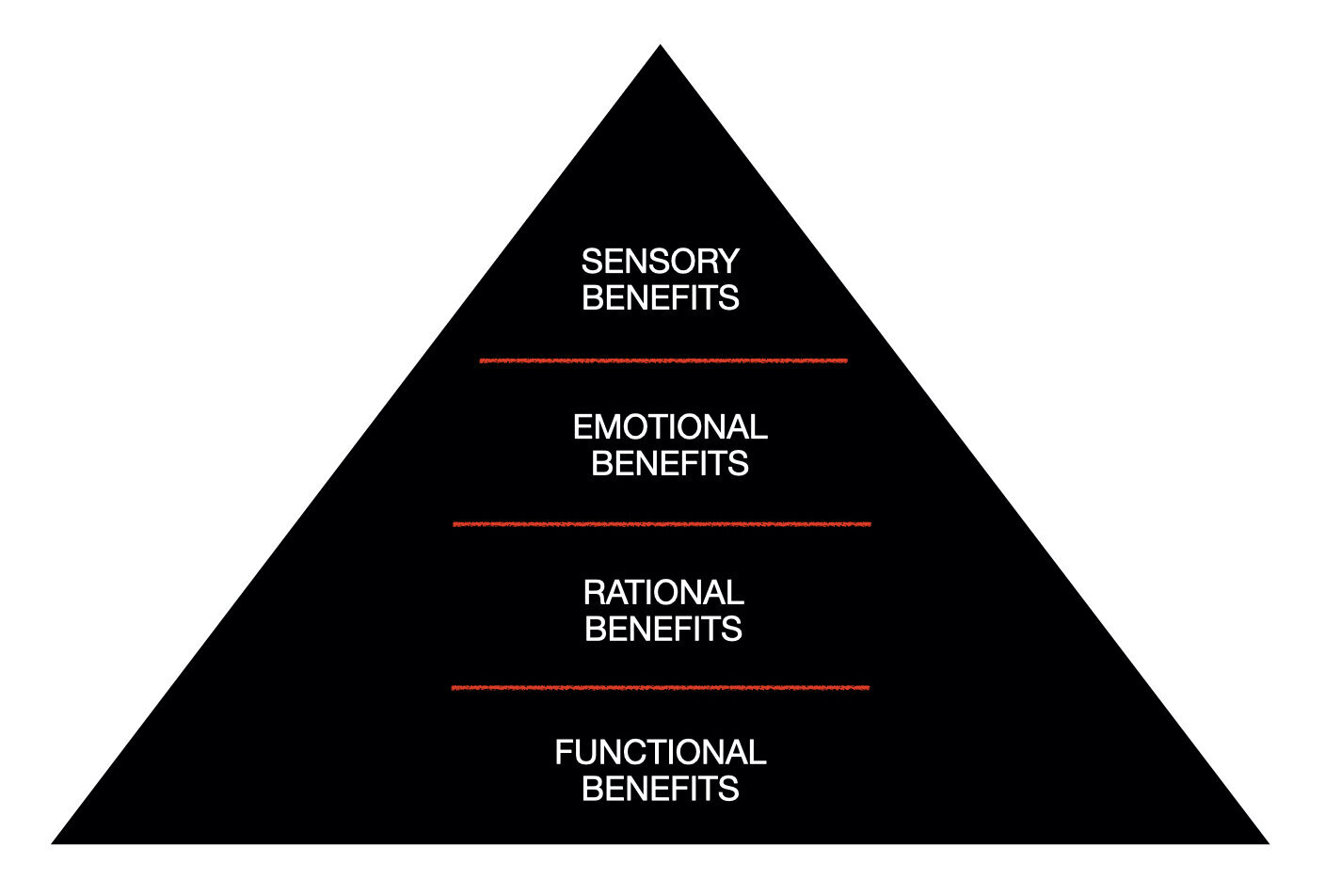Sell the Destination, Not the Journey
By Tim Williams
The gravest sin committed by marketing communications professionals is their tenacious tendency to sell services instead of solutions. A bullet point list of capabilities is hardly the most effective way to frame the value you create for your clients.
Agencies earn a living helping their clients define the most appealing, benefit-oriented brand promise. A BMW isn’t a collection of automotive parts; it’s “The Ultimate Driving Machine.” Agency professionals know their job is to craft campaigns that sell the car, not the components. Yet, on their own websites they lazily list their individual capabilities, as though clients buy “copywriting” and “media planning” instead of game-changing solutions to marketing problems.
The point and purpose of marketing is to present a product in ways that are meaningful and relevant to potential buyers. Good agencies take the features of a product or service and turn them into buyer-centric benefits. Most basic marketing courses teach a benefits hierarchy — a pyramid that looks something like this:
While agency professionals generally do an effective job of helping their clients move up this benefits hierarchy, agencies themselves rarely get past the functional attributes of their own brand.
Going beyond the expected
Economist and marketing author Philip Kotler talks about the idea of an “expected product” that is simply the expression of expected features in the category. The vast majority of marketing communications firms fit this description; they offer the services and competencies you’d expect from an agency.
To make matters worse, even agency processes are mostly generic. Despite calling their process “unique and proprietary,” the steps most firms follow when working with clients are simply a variation of the standard “5 D’s” (Discover Design, Develop, Deliver, Debrief). So if your firm presents a standard list of services performed using a standard process, how do you expect prospective clients to understand how and why you’re different from competitors? Your answer might be that your firm does these things better than competitors. But in the land of perception, “better” is not a differentiating claim. Only different is different.
Generic service descriptions: worse than useless
The navigation bar of most agency websites features a link to “Services.” The right word is “Solutions.” How useful is it to say (on the list of “Services”) that your firm does “Public Relations?’ Or “Creative Development?” If you were a construction company, this would be the equivalent of saying your services include sawing and hammering.
Generic service descriptions are worse than useless; they project a certain naivety. Sophisticated clients — the kind you’re trying to attract — are looking to solve a business problem, not purchase a smorgasbord of abilities.
What your clients buy from you is not effort, but a result. When describing your solutions, consider:
How will your client be better off by what you are proposing to do?
How will this help increase their revenues or profits?
How will it help them save costs or reduce risks?
What is the client’s cost of not solving this problem?
In addition to the tangible value you create for your clients, there is always an accompanying amount of intangible value. When you help solve an important business problem, you’re also helping your client enhance their growth prospects, protect their reputation, reduce their stress, and secure their future. These are not inconsequential benefits.
When describing what your firm does, the language and context are immensely important. Pricing expert Hermann Simon tells the story of two young immigrant masons in California who were able to provide more perceived value to homeowners by describing themselves not as masons but as “European bricklayers; experts in marble and stone.” One of these youthful immigrants was an Austrian named Arnold Schwarzenegger.



